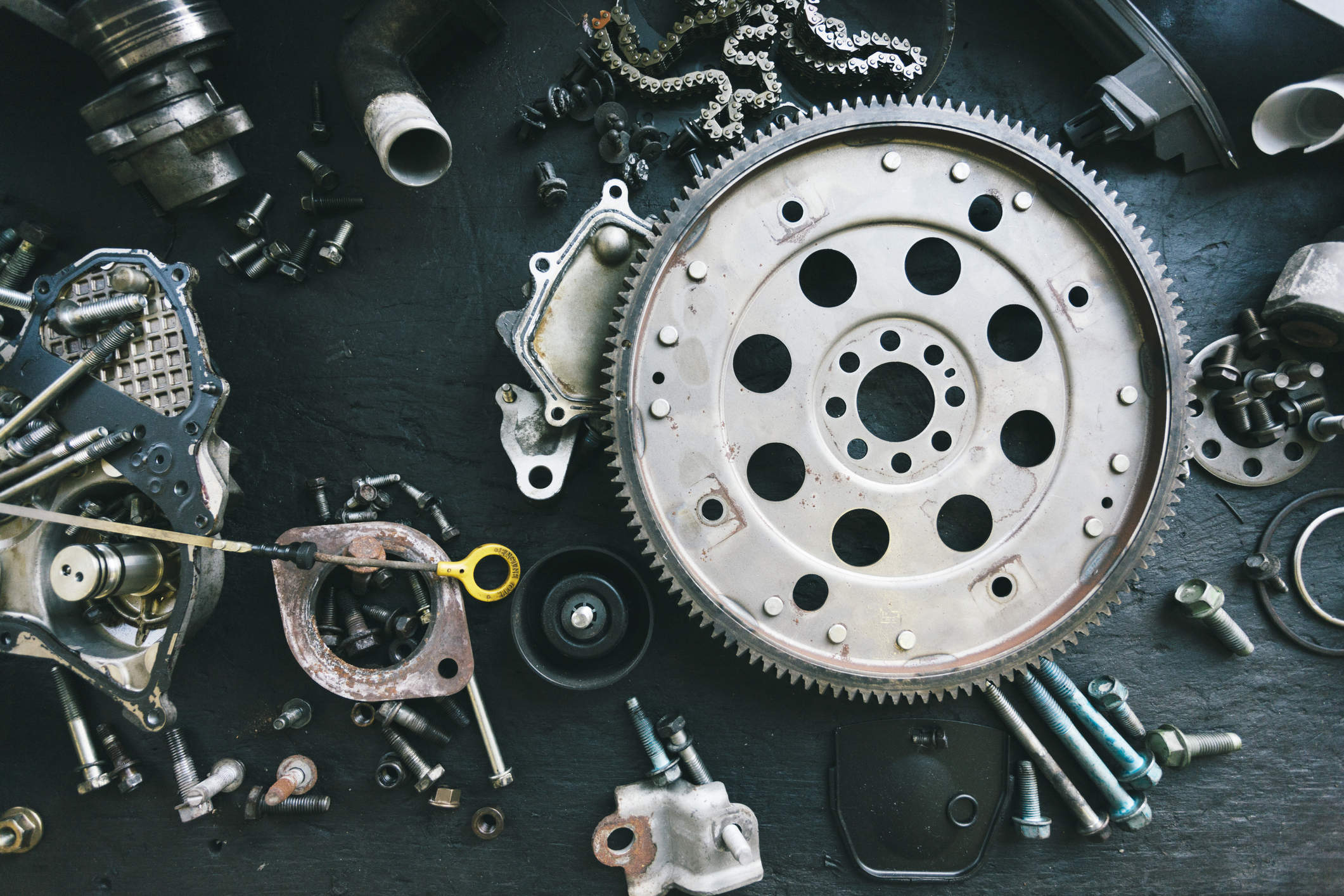At one point or another, you’re going to have to purchase replacement parts for your vehicle. Although the concept seems fairly simple, not all car parts are created equal. The type of parts available will vary and it’s important to know the difference between different types of parts.
When it comes to automotive car parts, there are two main options: OEM and aftermarket parts. But what are the differences between each? Let’s take a closer look at each to gain a deeper understanding of how they differ.
What are OEM car parts?
OEM or Original Equipment Manufacturer parts are specifically created for your vehicle by the original manufacturer of your vehicle; not by a third party. If you drive a Volkswagen, then the OEM parts in question would come from Volkswagen. OEM parts generally provide a quality fit and function, as the original part intended.
Let’s take a look at the advantages and disadvantages of OEM parts:
Advantages of OEM Parts
- Value
- Reliability
- Durability
- Assured quality
- After-sales support
- Perfect match for your vehicle
Disadvantages of OEM Parts
- Extra cost
- Possibility of having to wait longer
Although OEM parts generally have a higher price tag attached to them – you get what you pay for. There is only one OEM component of a particular kind for your car, so the need to compare prices and variants doesn’t exist within the OEM world.
When it comes time to replace brake pads or one of those car parts that must eventually be replaced, OEM parts are generally the better way to go. However, not everyone can afford the sleek fit of OEM parts, and that’s where aftermarket parts come into the equation.
What are aftermarket car parts?
Aftermarket automotive parts are produced by anyone other than the vehicle’s manufacturer. They could either be a direct replacement to a certain part or change how the car looks or performs. These parts are generally less expensive because there was no need to invest in research and development.
Let’s zoom in on the pros and cons of aftermarket automotive parts.

Advantages of aftermarket car parts
- Cheaper than OEM parts
- High availability with quick delivery
Disadvantages of aftermarket car parts
- Questionable quality
- Increased risk of component failure
Which is Better: OEM or Aftermarket?
When choosing between OEM and aftermarket automotive parts, there are many factors to consider. Sure, OEM parts keep your vehicle closer to its original state, but each type of part offers its own set of benefits and drawbacks.
At the end of the day, it boils down to personal preference and what you can afford. However, it is worth keeping in mind that some aftermarket parts have the potential to void your warranty, so do your research. There’s no point in replacing a part with a cheaper aftermarket one if it could void your warranty and leave you open to paying outright for any expenses should something go wrong.
Weigh the costs against the potential benefits of each automotive car part to decide which one will ultimately be best for you and for your vehicle.


























Discussion about this post